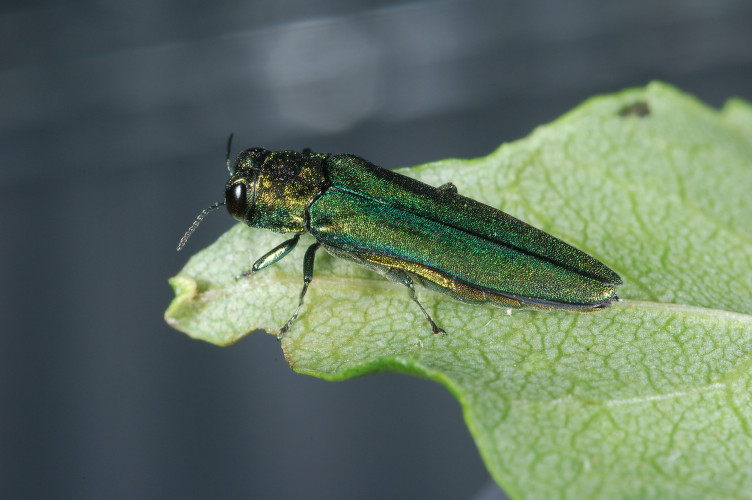Episode 121: Poetry Explores Indigenous Life; Hit Podcasts Examine Unsolved Crimes

This week on NEXT: we learn about the cultural significance of the ash tree for the Penobscot Nation in Maine, and how an invasive beetle is threatening ash trees around our region. Plus, a poetry playlist at a local museum aims to help visitors understand what it means to be indigenous today. We also listen back to conversations about some of our favorite regional podcasts. And, we visit people with unusual jobs around our region, including bridge tenders in Connecticut, CBD entrepreneurs in Vermont, and two men who are turning kombucha run-off into specialty vodka.
It’s NEXT.
Emerald Ash Borer Threatens Culture of Penobscot Nation
At the end of May 2018, an invasive species was discovered for the first time in Maine: the Emerald Ash Borer. We speak with Claire Rutledge, who is an Associate Agricultural Scientist for the Department of Entomology at the Connecticut Agricultural Experiment Station. She tells us more about this invasive species.
For more information about the Emerald Ash Borer, listen to Connecticut Public Radio’s “Where We Live,” and read this feature from Maine Public.
For the Penobscot Nation in Maine, the arrival of the Emerald Ash Borer is especially threatening. The Nation, which has historical and cultural roots to the ash tree, is facing a future without it.
We speak with John Banks, the Director of the Department of Natural Resources for the Penobscot Nation, and John Bear Mitchell, a citizen of the Penobscot Nation, a lecturer of Wabanaki Studies and Multicultural Studies at the University of Maine in Orono, and the University of Maine Native American Waiver and Educational Program Coordinator.
Poetry Playlist Explores Contemporary Indigenous Life
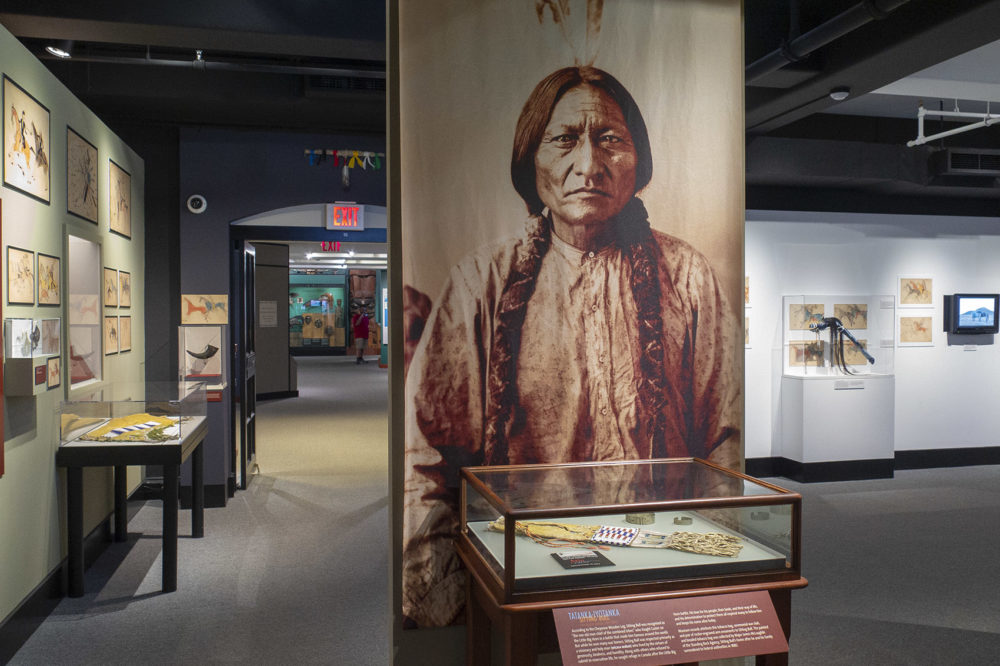
The Native American Poets Playlist aims to raise the voices of the poets in honor of Indigenous People’s Day. Photo by Andrea Shea for WBUR
The Peabody Museum of Archaeology and Ethnology at Harvard University has created a special poetry playlist, meant to celebrate contemporary native culture while challenging visitors to examine their understanding of what it’s like to be indigenous today. WBUR’s Andrea Shea brings us to the museum.
The poetry playlist is available at the Peabody Museum at Harvard University until November 30.
Find more information about the playlist and the poets here.
‘Last Seen’ Podcast Explores Largest Art Heist in History
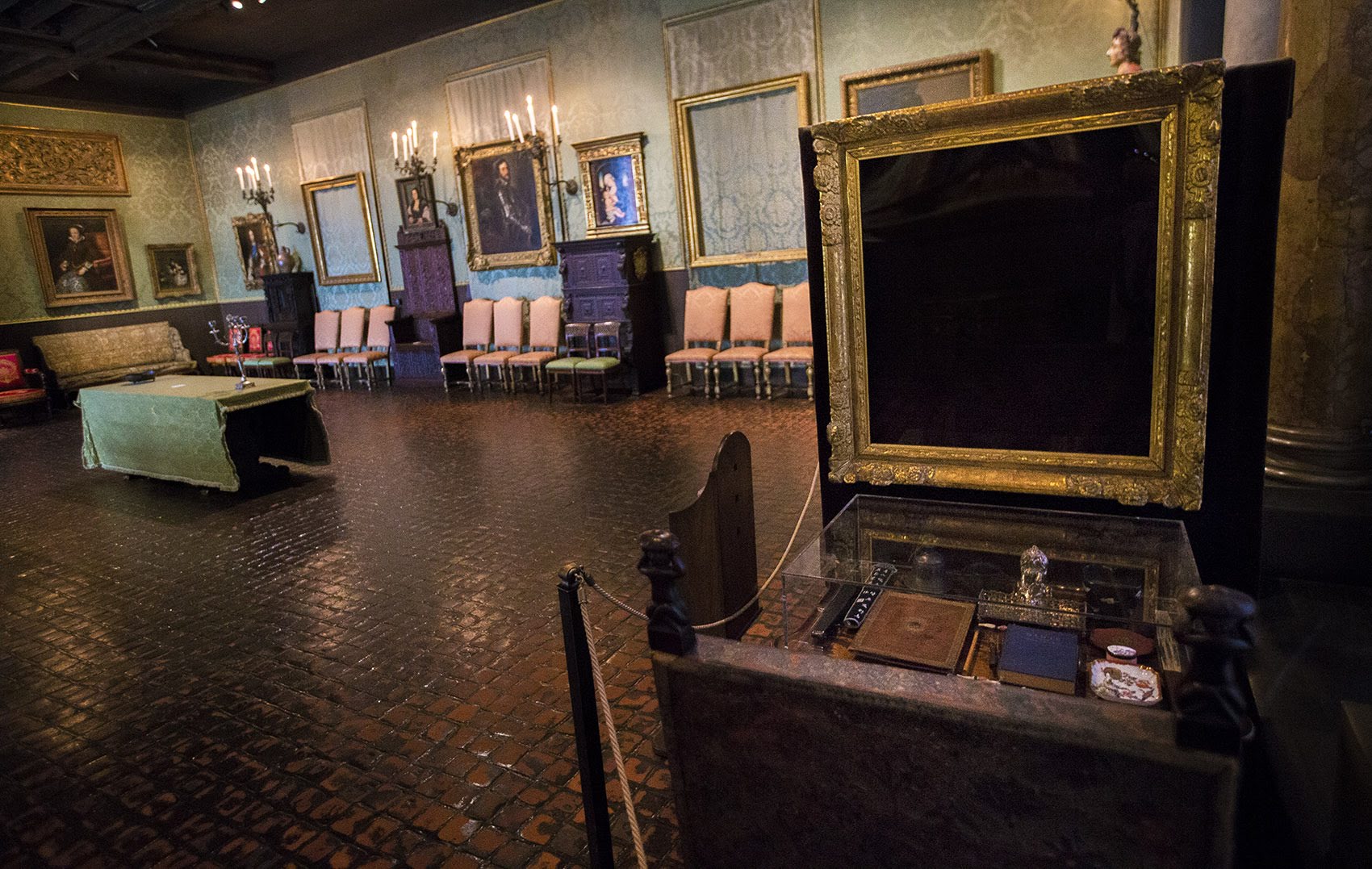
The Isabella Stewart Gardner Museum’s Dutch Room, where thieves stole three Rembrandts, a Vermeer, a painting by Govaert Flinck and an ancient Chinese beaker. Photo by Jesse Costa for WBUR
On March 18, 1990, 13 priceless works of art by painters such as Rembrandt, Manet, Degas, and Vermeer were stolen from the Isabella Stewart Gardner Museum in Boston. It is the largest unsolved art heist in history, a story that has fascinated for almost three decades, and is now the subject of a new podcast from WBUR, “Last Seen.” We speak with Kelly Horan, the co-host, senior producer, and senior reporter of the podcast.
Visit wbur.org/lastseen to find images of the missing art, other behind-the-scenes content, and all the episodes of the podcast.
‘Bear Brook’ Investigates New Hampshire Murder Mystery
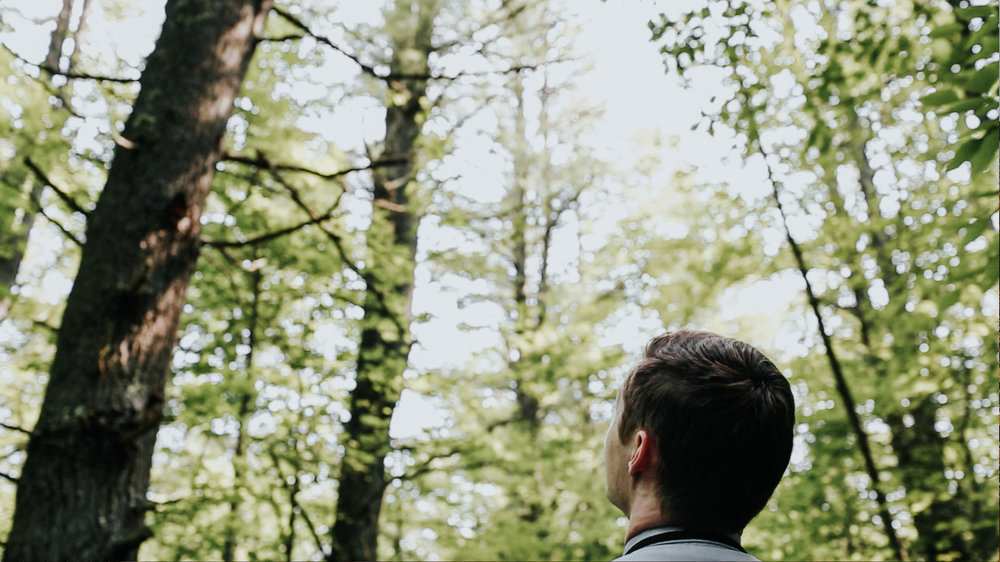
A view of the forest canopy near the site of the discovery of the barrels. Photo by Jason Moon and Allie Gutierrez
In 1985, two bodies were found in a barrel in New Hampshire’s Bear Brook State Park. Fifteen years later, in 2000, another barrel, also containing two bodies, was found in that same park.
Since then, investigators have worked hard to find out who the people were, and who put them there. The case is the subject of a new podcast produced out of New Hampshire Public Radio, “Bear Brook.”
We speak with Jason Moon, he’s a reporter for NHPR and the host of “Bear Brook” podcast. He describes the case, and how it forever changed the way that murders are investigated.
You can listen to all six episodes of “Bear Brook” podcast, and find timelines and videos, here.
Are you looking for some other regional podcasts? We recommend, “The Great God of Depression” (you can hear John Dankosky interview producer Karen Brown here), “Gladiator: Aaron Hernandez and Football Inc.” (you can hear John Dankosky interview co-host Bob Hohler here), and VPR’s “JOLTED.”
Bridge Tenders Keep Connecticut Moving

Bridge Tender Mike Dorsey runs through the controls of the Grand Avenue Swing Bridge in New Haven. “People don’t usually look up here,” Dorsey said. “They just ride right through not even knowing that we’re up here.” Photo by Ryan Caron King for Connecticut Public Radio
When a boat needs to pass under a low bridge while on a river, that bridge needs to move out of the way. A drawbridge lifts up so a boat can pass under. A swing bridge pivots out of the way so a boat can pass by. But these decades-old bridges don’t operate on their own. They rely on a small group of “bridge tenders” who specialize in a peculiar and slow-moving job.
Connecticut Public Radio’s Patrick Skahill introduces us to some “bridge tenders” who take us behind-the-scenes.
Vermont’s CBD Industry Grows
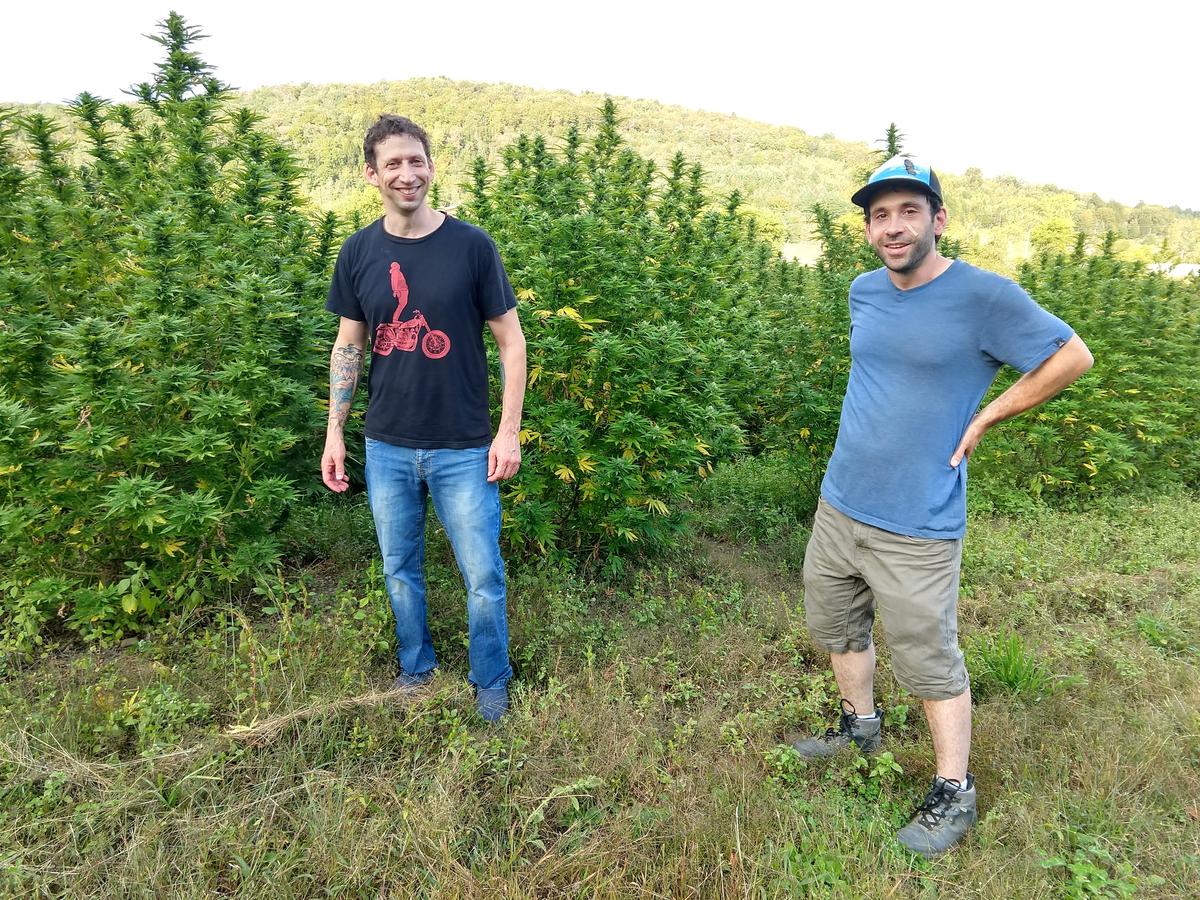
Alejandro Bergad, left, and Jacob Goldstein of Green Mountain CBD in front of a hemp field in Hardwick in July. Photo by Jon Kalish for VPR
We’ve been reporting on the slow roll-out of legal marijuana across New England. But there’s an associated industrial crop – hemp – that’s already churning out a legal product called CBD. Those letters stand for cannabidiol, a compound found in hemp that’s become widely available for many uses. The market research firm New Frontier Data estimates that Americans spent $367 million on CBD products last year and expects sales to top a billion dollars by 2020.
Reporter Jon Kalish went to Vermont to meet the hemp farmers who are growing for this growing market.
Entrepreneurs Turn Kombucha Run-Off Into Specialty Vodka
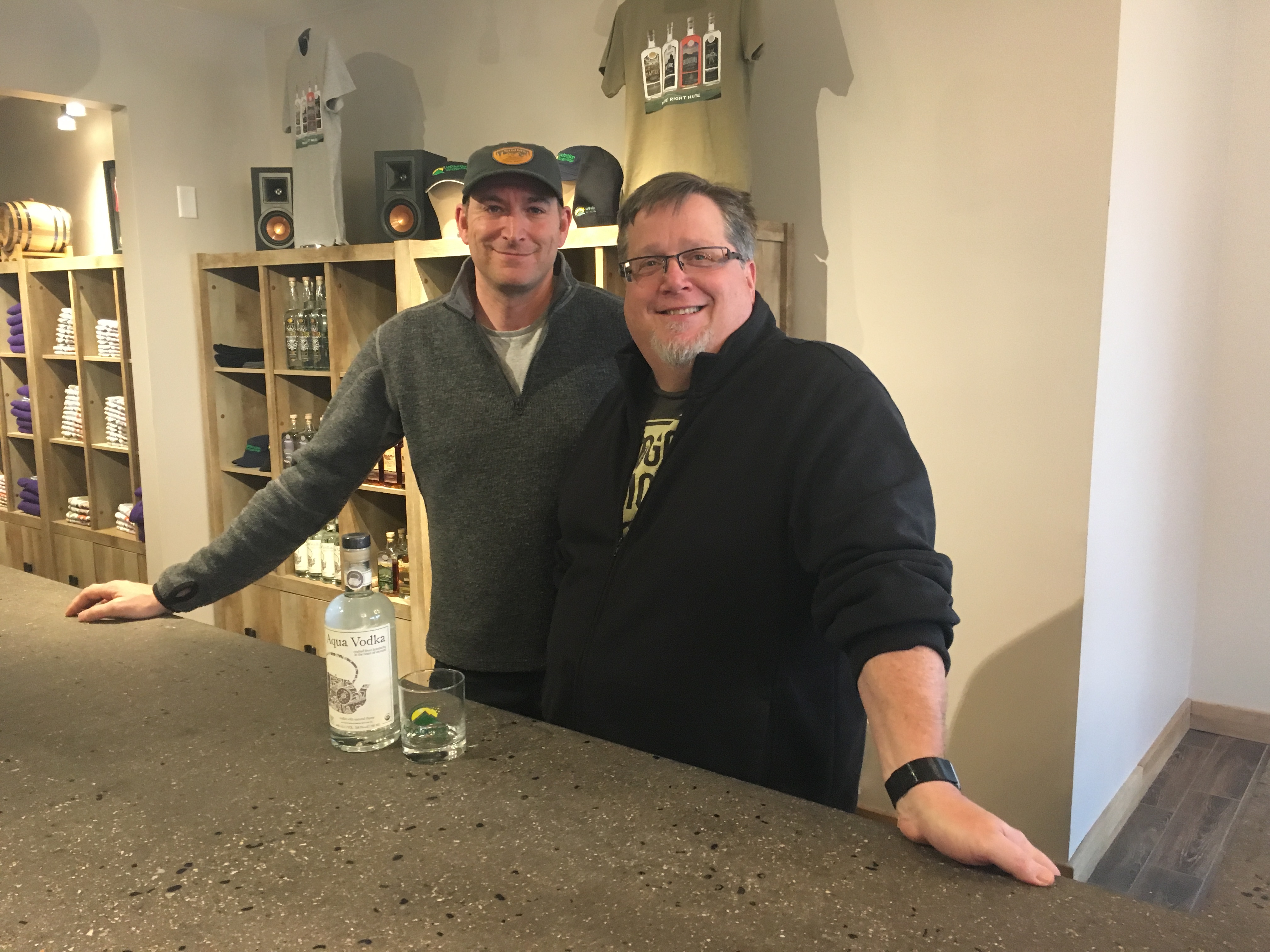
Jeff Weaber (L), founder/CEO of Aqua ViTea, and Lars Hubbard (R), co-owner of Appalachian Gap Distillery have partnered up to make Aqua Vodka: a vodka made with alcohol extracted from kombucha. Photo by Eric Shimelonis
Visit the beverage cooler at your grocery store and you’ll find bottle after bottle of kombucha. The increasingly-popular fermented drink is made from tea, sugar, bacteria, and yeast. But now the tart, fizzy, probiotic beverage is making its way somewhere new: Behind the bar.
Rebecca Sheir introduces us to neighboring entrepreneurs in Vermont who are putting kombucha to a surprisingly “spirited” use.
Photo at the top of the page: Shelly Lowe, executive director of the Harvard University Native American Program. Photo by Andrea Shea for WBUR
About NEXT
NEXT is produced at Connecticut Public Radio
Host: John Dankosky
Producer: Lily Tyson
Digital Producer: Carlos Mejia
Senior Director: Catie Talarski
Contributors to this episode: Andrea Shea, Kelly Horan, Jason Moon, Patrick Skahill, Jon Kalish, Rebecca Sheir
Music: Todd Merrell, “New England” by Goodnight Blue Moon, “Buckets of Rain” by Bob Dylan, “To Grow Away” by The Tallest Man on Earth, “Our Lady of the Underground” by Anais Mitchell and Ani DiFranco, “Cold Cold Heart” by Norah Jones, “Old Pine” by Ben Howard
—
New to NEXT? You can find every episode or one you missed within our archives.
We appreciate your feedback! Send critiques, suggestions, questions, and ideas to next@wnpr.org. Follow us on Facebook and Twitter. Help us spread the word! If you like what you hear, rate and review us on iTunes.


